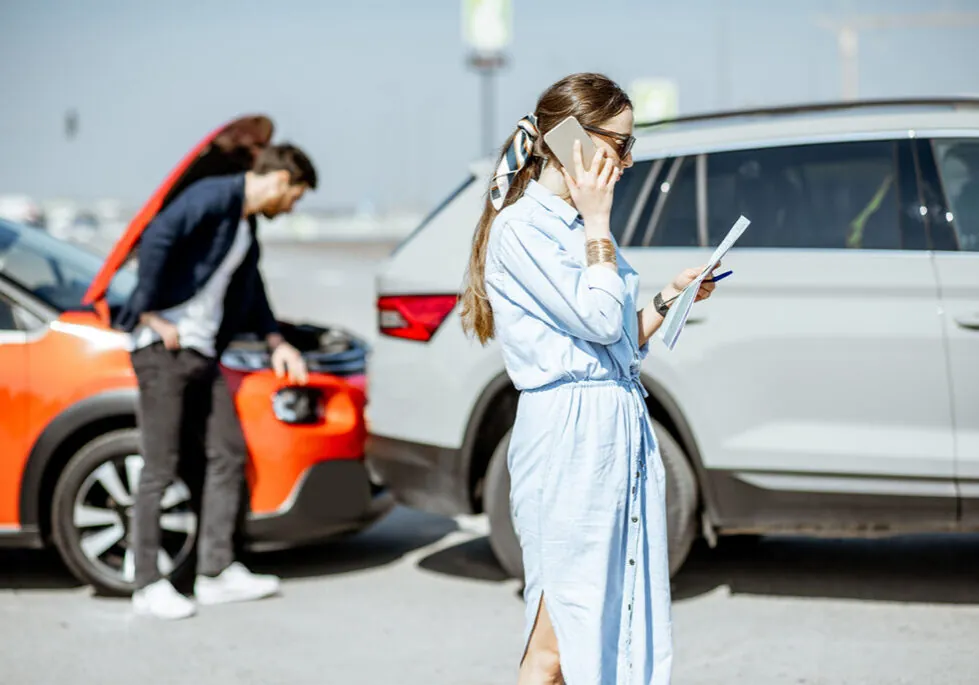On October 6th, 2018, the deadliest transportation accident in the US since 2009 killed 20 people near Buffalo, NY. A 2001 Ford Excursion, modified into a limousine, was transporting 17 close friends to a birthday celebration. As it approached a T-intersection for State Route 30 A, the limousine failed to stop, killing two pedestrians before colliding with a parked SUV and crashing into a stand of trees. All 17 passengers and the driver died at the scene.
Investigators for the National Transportation Safety Board descended onto the crash scene. A cause for the accident has yet to be identified, but the NTSB is focusing on the driver and the safety record of the vehicle, looking into possible misconduct that may have led to the accident.
The converted Ford Excursion limo had been ordered out of service after failing safety inspection a month prior to the deadly accident.
Prestige Limousine Chauffeur Service, the company that owned and operated the limousine, are currently under intense scrutiny for their overall safety record. Further complicating the situation is the vehicle itself, which had been placed “out of service” in September for safety violations.
Prestige’s owners claim that the vehicle was cleared for operation by the New York Department of Transportation, saying that they received the go ahead to put the vehicle in service after a routine October inspection revealed minor violations, including defective windshield wipers and a broken window latch. But the DOT has said that these claims are “categorically false.”
Governor Andrew M. Cuomo threw his support behind the state agencies, stating that the vehicle “was not supposed to be on the road.”
Nauman Hussain, the son of Prestige’s owner and an operator for the company, has been charged with criminally negligent homicide. His father was out of the country at the time of the accident.
Concerns were reportedly raised by the driver and his passengers before the accident
The limo driver’s wife was interviewed by CBS News in the wake of the deadly accident. She claimed that her husband had complained multiple times about Prestige’s vehicle fleet leading up to the accident.
Days into the investigation, it was made public that the driver was not properly licensed for the vehicle, as he lacked a “commercial driver license with passenger endorsement,” which is required to drive buses, limousines, and other vehicles transporting passengers in a commercial context. He was ticketed in August for the violation.
The driver’s apparent concerns were also mirrored by the passengers only minutes before they died. In text messages to other friends and family, the passengers complained about excessive noise in the passenger compartment of the limousine. In one text message, a passenger said that the engine noise was “making everyone deaf.”
Road conditions may have contributed to the accident–local residents described the accident location as a dangerous area for drivers.
Another critical factor in the accident would be the road conditions, specifically on State Route 30, where it meets State Route 30 A at the T-intersection where the accident occurred.
The limousine had been traveling downhill on SR30 in the seconds before the accident. Local residents have described the location as very dangerous. Schoharie Town Supervisor Alan Tavenner stated that there have been “at least two instances where tractor trailers lost their brakes and went through the intersection.” The downhill route’s reputation ultimately led the state DOT to ban tractor trailers from the route.
The parking lot the limo had raced through is next to the Apple Barrel Country Store and Café. The owner for the café claimed that before the tractor trailer ban there had been multiple instances where trucks traveling down SR30 had been unable to stop at the intersection. They would veer into the parking lot, endangering guests sitting outside of the café.
The steep downhill may have exacerbated any mechanical issues the limousine was experiencing. Weighed down by 18 people, if the driver did not know the route, the vehicle may have been unable to stop even if the brakes were used and operational. However, NTSB investigators claim that there is no sign that the limo slowed while crossed the intersection.
Limousines are facing renewed calls for stricter regulation in wake of accident
In the wake of the accident, limousine company are facing calls for more regulations. Senator Chuck Schumer has called the NTSB to task, saying that the agency has not done its due diligence in the wake of other limo accidents.
“The sad fact here is that right now everyone is talking about limo safety when we could have been studying it for the past few years,” Schumer said at a news conference. The agency was charged in 2015 with independently investigating these crashes after a Long Island accident killed four limo passengers that year.
The issue may be one of loopholes. Factory-built limousines face a stringent series of tests and safety standards that must be adhered to. However, vehicles like the 2001 Ford Excursion involved in the accident, which was modified after manufacture, do not face the same level of scrutiny.
Extensive modifications to the vehicle would have allowed it to carry 17 passengers and a driver. However, the lack of regulations means that it may have skirted requirements imposed on standard limousines, such as rollover protection bars, emergency exits, and side-impact airbags.
Another major factor in the accident lies in whether the passengers were using seat belts, and if those belts were up to safety standards. In past limo accidents, many victims were not wearing belts. Vehicles designed to seat more than 10 people are not required by law to have them, and the Excursion seated nearly twice that number.
Limousine rentals will likely not be the only industry affected by this accident, as some regulators are already looking at group rideshare options offered by Uber and Lyft.
Limo rental companies can expect their fleets to face more extensive inspections in the wake of this crash. But companies like Uber and Lyft are also in the crosshairs of some state and federal officials, as the possibility that a distracted driver was responsible for the accident is raised.
Between 2013 and 2017, car accidents increased by 12.3 percent according to a study by Motus. The report cites the growth in mobile-reliant workers on the road, specifically rideshare, taxi, truck, and limo drivers as being responsible for the increase in accidents that occurred, due to being distracted by their phones.
While many would be quick to assume that texting is a leading cause of distraction, it is not the only distraction. Companies like Uber and Lyft use phone apps as a means to connect with their employees, and for potential customers to find a driver. Another cause for distraction is the constant is the use of phone navigation apps that many drivers rely on for their work.
If the driver in the Schoharie accident was distracted by his phone in the critical moments before the crash, he could have missed seeing the intersection until it was far too late to stop.
For now, investigators only have hypotheses as to what caused this deadly transportation accident. Regardless of what the NTSB learns from this incident, it is clear is that the transportation industry may endure years of regulatory scrutiny.
This blog is not meant to dispense legal advice and is not a comprehensive review of the facts, the law, this topic or cases related to the topic.



